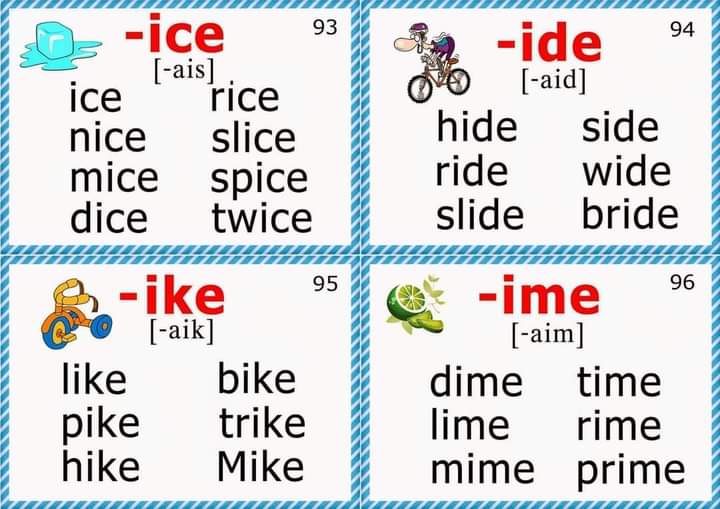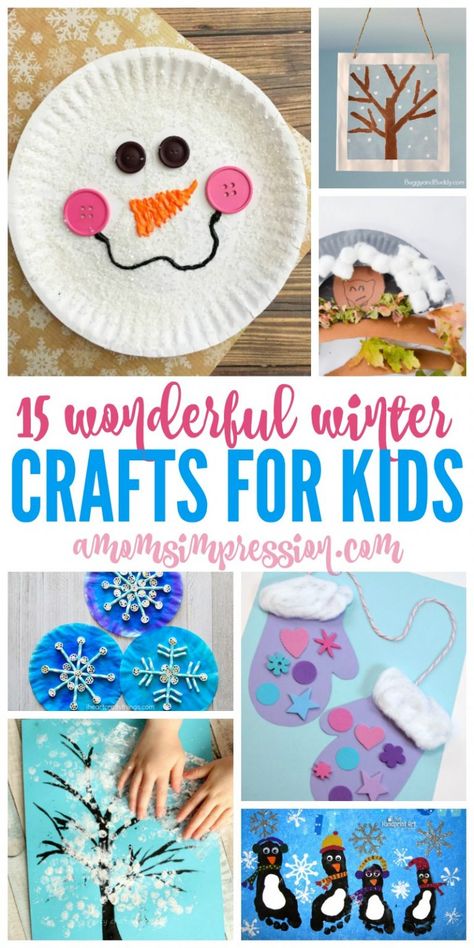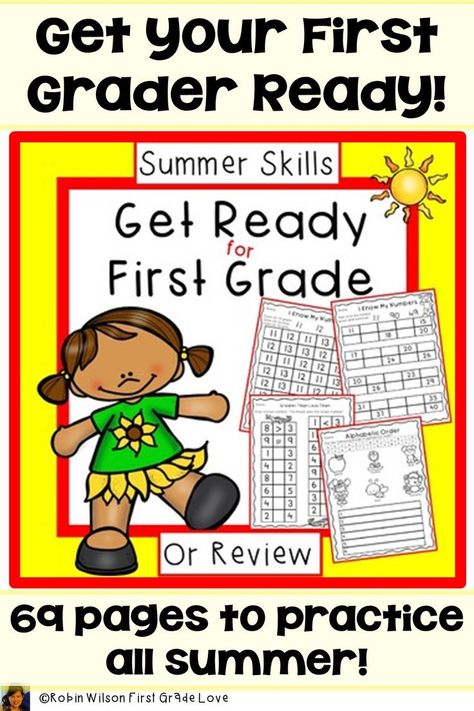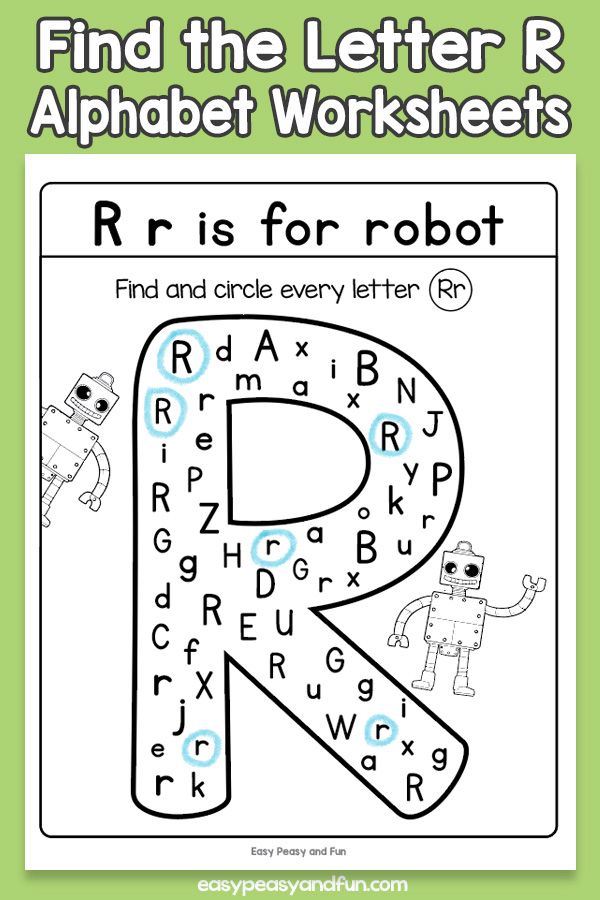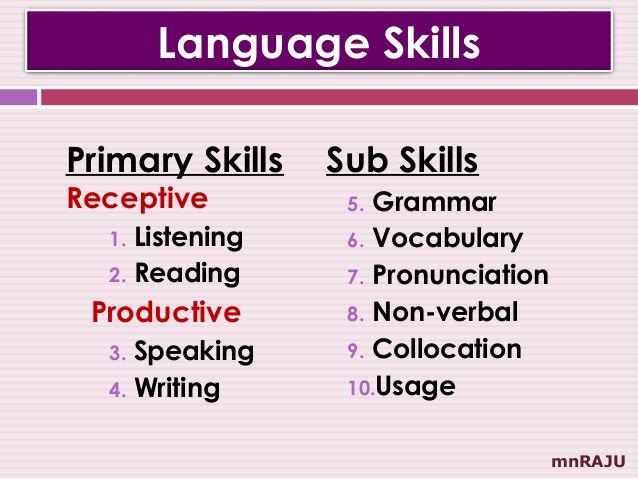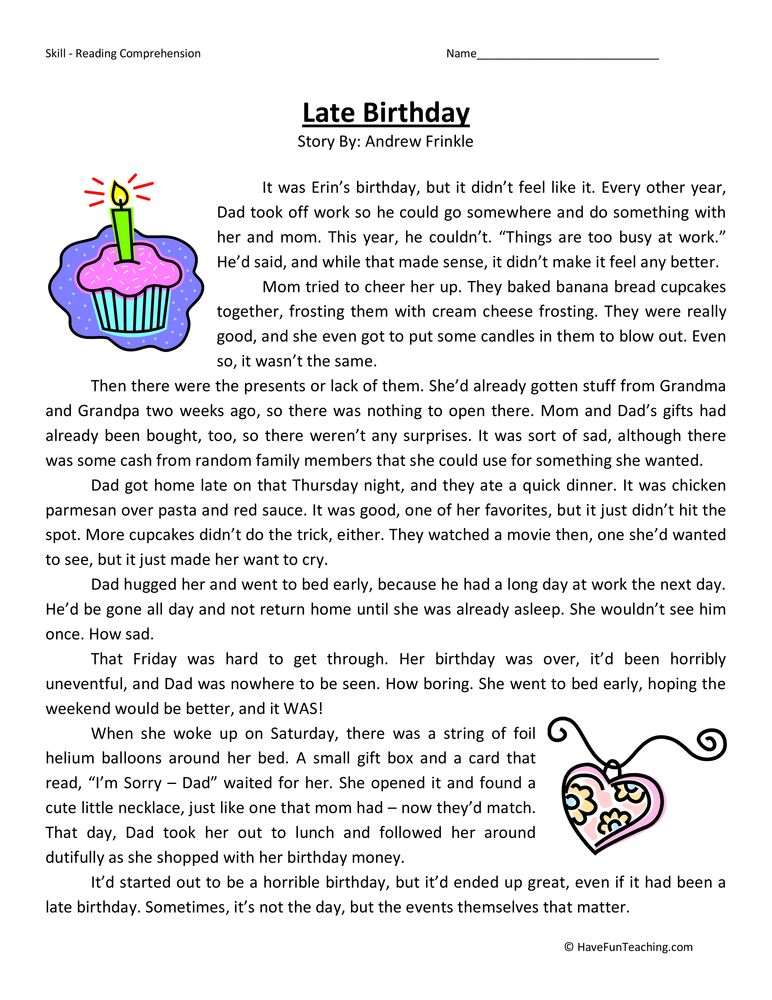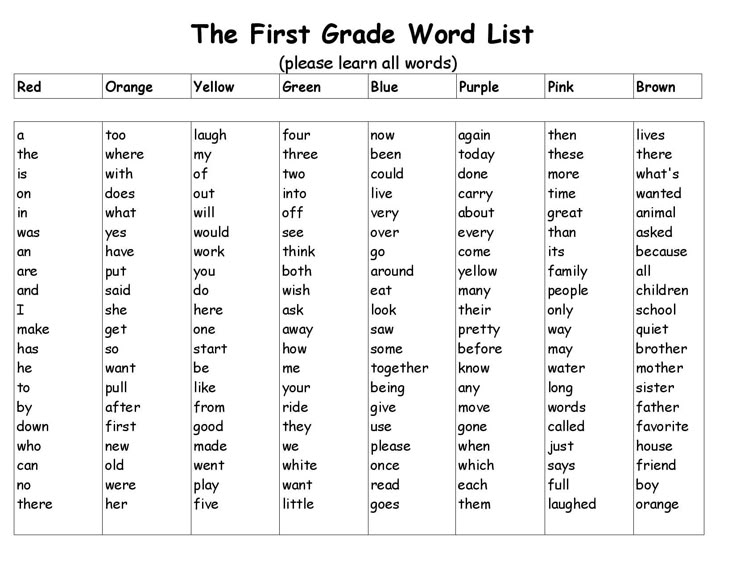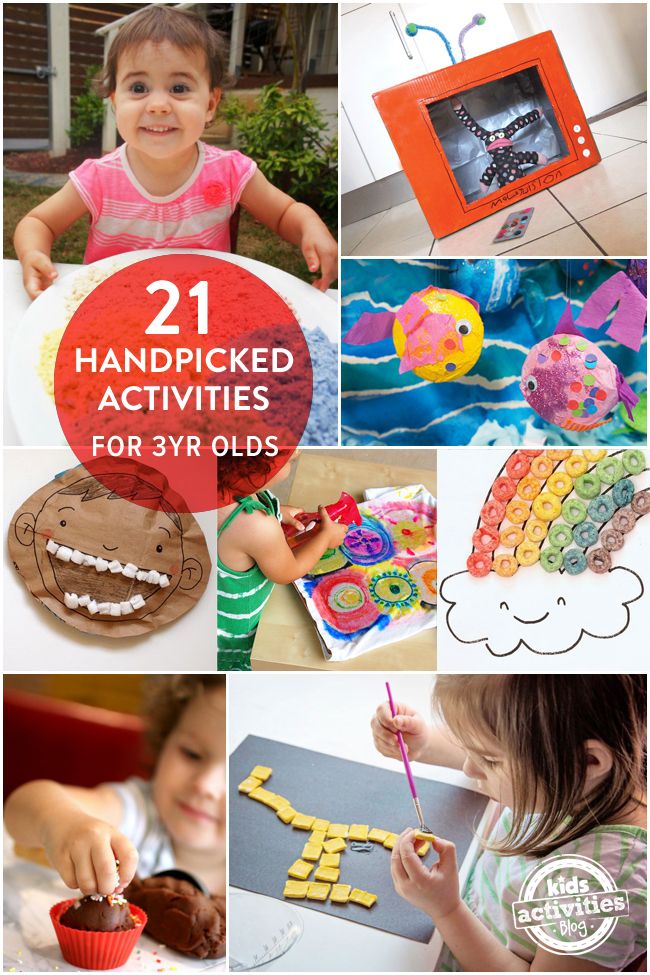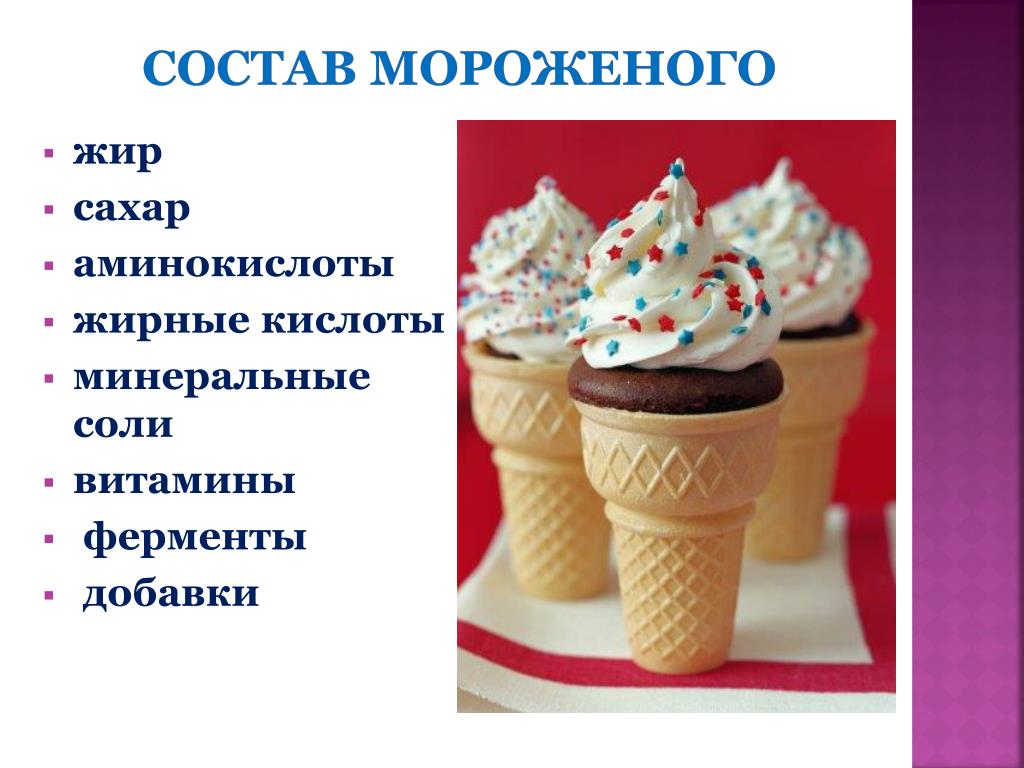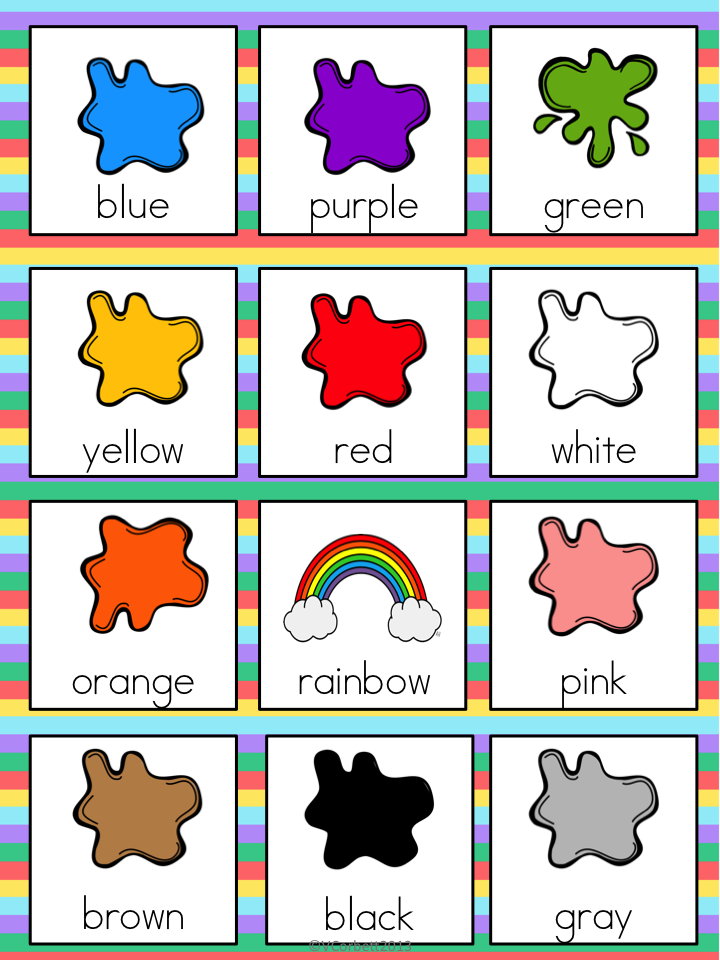First words for reading
Top 100 Sight Words and How to Teach Them
Sight words is a common term in reading that has a variety of meanings. When it is applied to early reading instruction, it typically refers to the set of about 100 words that keeps reappearing on almost any page of text. “Who, the, he, were, does, their, me, be” are a few examples.
In addition to their being very frequent, many of these words cannot be “sounded out.” Children are expected to learn them by sight (that is, by looking at them and recognizing them, without any attempt to sound them out.)
Unfortunately, this means minimal teaching. Often, little is done other than to show the word and tell the child what it is “saying.” For many children, this is not enough, with the result that their reading of these critical words is laden with error.
What does this mean for parents who are helping their children master reading? Basically it means spending some time in truly teaching these words so that your child gains real mastery of them. The key to achieving this goal is accurate writing (spelling)—via memory. That is, the child writes the word when the model is not in view.
You can do this by creating simple sentences that the child reads. (By using sentences, you will automatically be using many “sight words.” In addition, you will be giving your child the opportunity to deal with words in context—a key to meaningful reading) After showing the sentence and having your child read it, turn it over and then dictate the sentence. If there is an error, you immediately stop your child and take away the paper. Then you show the model again and repeat the process. In other words, the writing of the sentence has to be fully accurate, starting with the first word.
If you want a list of those words to help guide your efforts, here is the top 100 according to the American Heritage Word Frequency Book by John B. Carroll.
A: a, an, at, are, as, at, and, all, about, after
B: be, by, but, been
C: can, could, called
D: did, down, do
E: each
F: from, first, find, for
H: he, his, had, how, has, her, have, him
I: in, I, if, into, is, it, its
J: just
K: know
L: like, long, little
M: my, made, may, make, more, many, most,
N: not, no, now
O: or, one, of, out, other, over, only, on
P: people
S: said, she, some, so, see
T: the, to, they, this, there, them, then, these, two, time, than, that, their
U: up, use
V: very
W: was, with, what, were, when, we, which, will, would, words, where, water, who, way
Y: you, your
Click here to download our Recommended Top 100 Sight Words.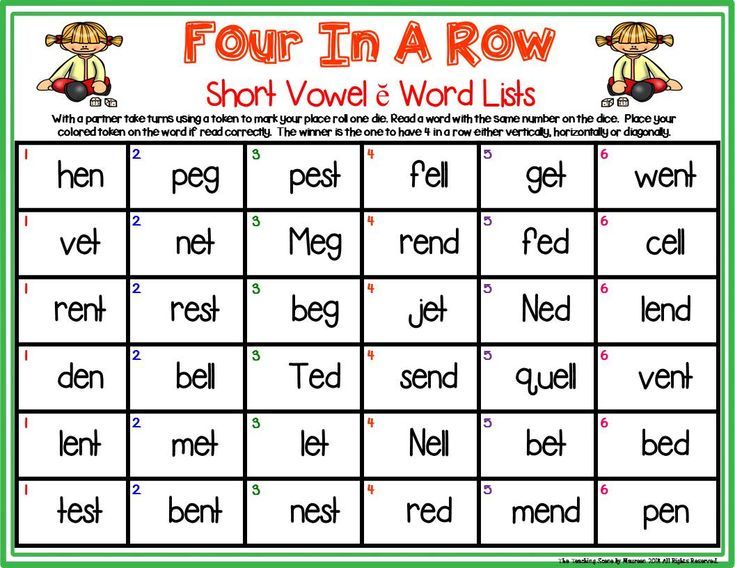
Literacy and reading expert, Dr. Marion Blank
Dr. Marion Blank is answering your questions about reading and learning. If you have a question for Dr. Marion, visit the Reading Kingdom Facebook Page and let us know how we can help.
If you think the Reading Kingdom program can help your children learn to read, enjoy a free, 30-day trial here.
Children 'need 100 key words' to read | Research
Children need to learn just 100 words and 61 phonic skills to read the English language - not the 150 and 108 respectively suggested by the national literacy strategy, researchers from Warwick University said today.
Their study, seeking a theoretical basis for teaching reading, found that words beyond the key 100 are used so rarely that the benefits of learning them are minimal. The research is currently being submitted for publication.
Researcher Jonathan Solity said: "The English language looks highly irregular, but a significant part is regular, so can be learnt through core skills - you learn the optimal number of sight skills and phonic skills.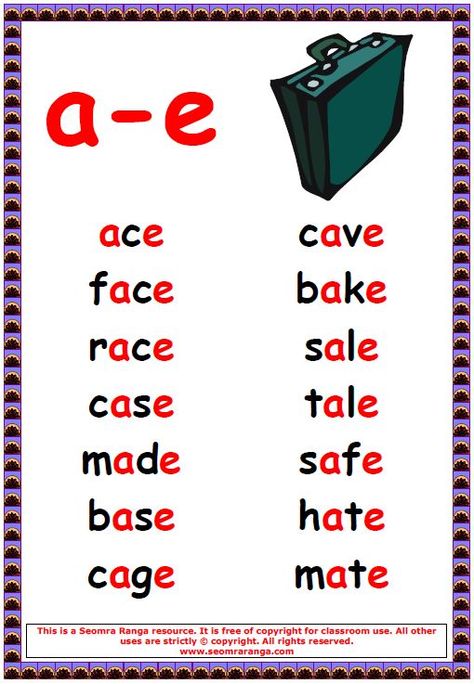
"If you have too many, some of them are redundant because they don't crop up with any great frequency or you may become very confused.
"The implication is that if you teach these core skills, children can read a lot very quickly. The skills crop up as often in real books as they do in the structured reading schemes. If you teach more, it's the law of rapidly diminishing returns."
Together with co-researcher Janet Vousden, Dr Solity analysed 850,000 words in a database of adult fiction and nonfiction, and compared children's reading schemes with "real" children's books.
His core 100 words formed 53% of the 850,000-word database, but he said one commonly used reading scheme only accounted for 43% of the words.
"If you teach more words as has been done in the literacy strategy, you don't necessarily continue to get a good return. The next 50 words get you 2% more understanding, if you can exclude words you can read phonically."
The researchers also say that the national strategy teaches too many phonemes.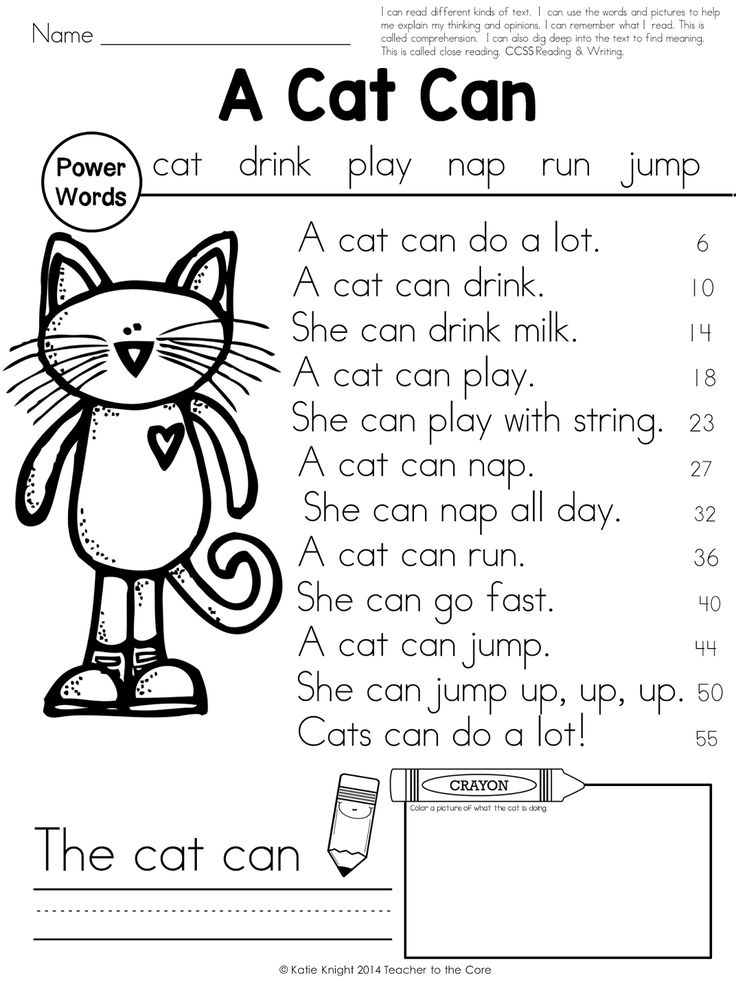 The strategy teaches the "dge" sound found in "fridge", for example, but there are only 11 words containing this combination.
The strategy teaches the "dge" sound found in "fridge", for example, but there are only 11 words containing this combination.
Dr Solity said children would be better off learning it for themselves as they encounter it.
He says his research contradicts the decision by the education secretary, Ruth Kelly, to return to phonics as the central tenet of teaching reading through reading schemes. Following the recommendations of former chief inspector Jim Rose, Ms Kelly said phonics would be the "first and fast" way to learn.
But Dr Solity believes the reading schemes are not the best way to learn. He says 25% of children never get off a reading scheme and never get to choose the book they want. They would be more enthusiastic about reading if they were allowed to select what they wanted, and since the key words are better represented in "real" literature, they might learn faster.
"We're saying you can do this through real books - you don't need the reading scheme."
Commenting on the criticisms of the strategy, the DfES said: "The literacy strategy has never required any child to learn lists of words - it has given guidance and examples of best practice to teachers to help teach reading.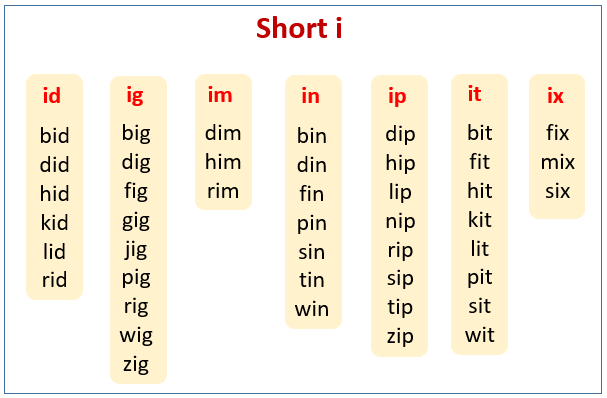 "
"
The crucial 100 words
· a, about, after, all, am, an, and, are, as, at, away
· back, be, because, big, but, by
· call, came, can, come, could
· did, do, down
· for, from
· get, go, got
· had, has, have, he, her, here, him, his
· in, into, is, it
· last, like, little, live, look
· made, make, me, my
· new, next, not, now
· of, off, old, on, once, one, other, our, out, over
· put
· saw, said, see, she, so, some
· take, that, the, their, them, then, there, they, this, three, time, to, today, too, two
· up, us
· very
· was, we, were, went, what, when, will, with
· you
methods of teaching reading to the first grade
When to teach a child to read
There are early development studios where children are taught to read from the first years of life.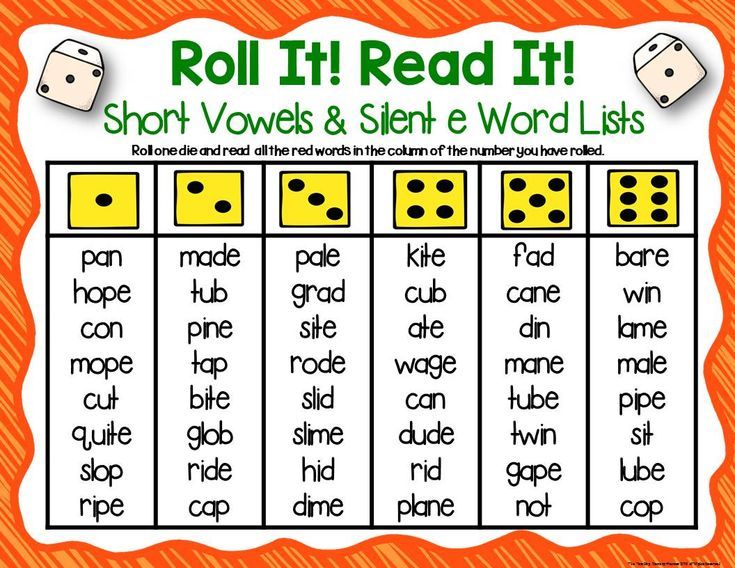 However, pediatricians do not recommend rushing and advise starting learning to read no earlier than 4 years old, best of all - at 5–6. By this age, most children already distinguish sounds well, can correctly compose sentences and pronounce words. Therefore, most often parents think about how to teach their child to read, already on the eve of school.
However, pediatricians do not recommend rushing and advise starting learning to read no earlier than 4 years old, best of all - at 5–6. By this age, most children already distinguish sounds well, can correctly compose sentences and pronounce words. Therefore, most often parents think about how to teach their child to read, already on the eve of school.
How to know if your child is ready to learn to read
Before you start teaching your child to read, you need to make sure that the child is ready and wants to learn. To do this, try to answer the following questions:
- Does the child know the concepts of “right-left”, “big-small”, “inside-outside”?
- Can he generalize objects according to these characteristics?
- Can he distinguish between similar and dissimilar forms?
- Is he able to remember and execute at least three instructions?
- Does he form phrases correctly?
- Does he pronounce words clearly?
- Can he retell a story he heard or experienced?
- Can he formulate his feelings and impressions?
- Can you predict the ending of a simple story?
- Does he manage to participate in the dialogue?
- Can he listen without interrupting?
- Can he rhyme words?
- Do the letters attract his attention?
- Does the child have a desire to independently look at the book?
- Does he like being read aloud to him?
If you answered “yes” to these questions, your child is ready and will soon learn to read correctly.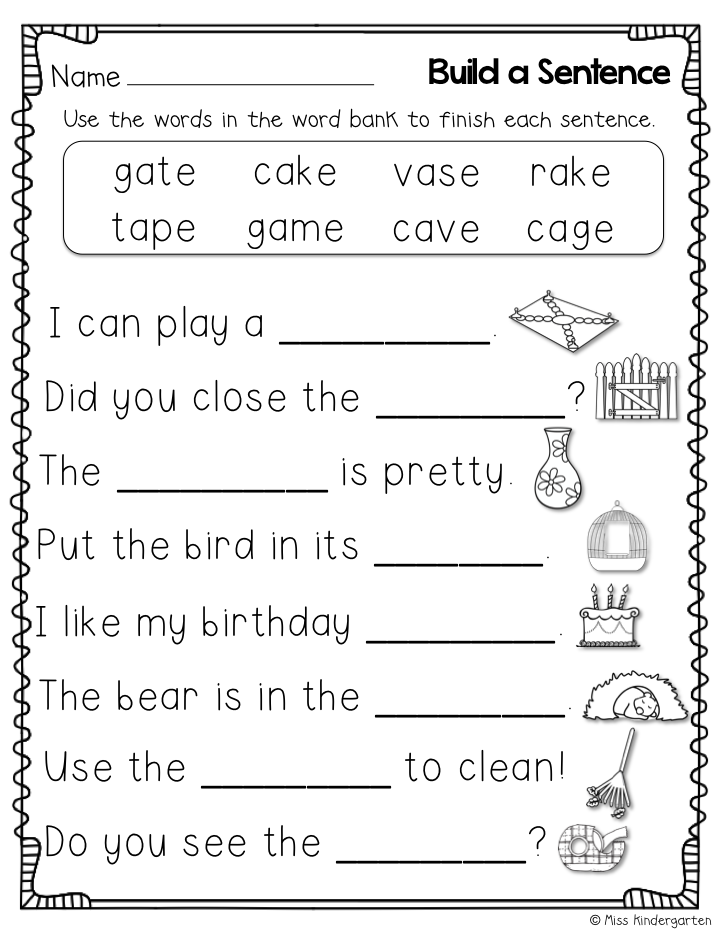
Methods for teaching reading
Most of the methods involve learning while playing, so that the child is not bored and learns knowledge better.
<
Zaitsev's Cubes
For more than twenty years, these cubes have been introducing children to letters and teaching how to form words and syllables. They allow you to understand how vowels and consonants, deaf and voiced sounds differ. There are 52 cubes in total, each of which depicts warehouses (combinations of a consonant and a vowel). The cubes vary in color and size, the large ones depict hard warehouses, while the small ones are soft. During classes, parents are encouraged to pronounce or sing warehouses so that the child remembers them better.
K Zaitsev's ubikiSource: moya-lyalyas.ru
Vyacheslav Voskobovich's "towers" and "folds"
windows. You can put cubes in them to make syllables. And from several towers you can make a word.
Voskobovich's "towers"Source: catalog-chess.
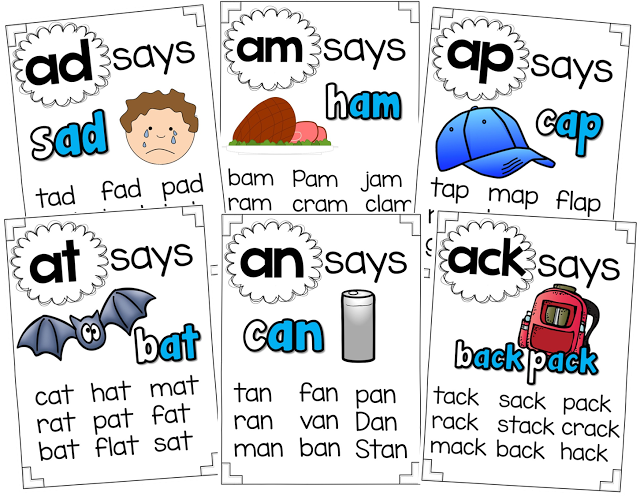 ru
ru Skladushki is a book with pictures, educational rhymes and songs. Parents sing them and in parallel show the warehouses in the pictures. The author of the methodology claims that a child of six years old can be taught to read in a month using "folds".
A page from V. Voskobovich's "folds"
Doman's cards
This method of teaching a child to read is based on memorizing whole words, from simple to more complex. First, the child masters the first 15 cards, which the parent shows him for 1-2 seconds and pronounces the words on them. Then the child tries to memorize phrases. This technique helps not only to learn more words, but also develops memory well in general.
Doman cardsSource: friendly-life.ru/kartochki-domana-dlya-samyh-malenkih
Maria Montessori's method of teaching reading
The essence of the Montessori method is that the child is first asked to feel the writing of a letter, and then pronounce it.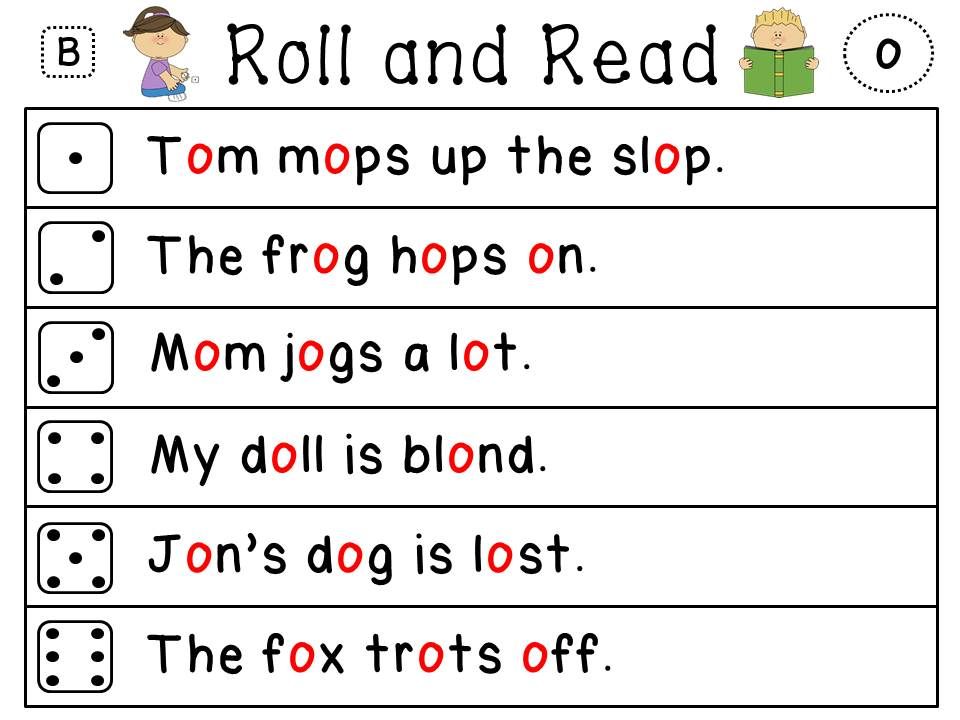 For this, didactic materials are used - cardboard plates with pasted letters, the outline of which the child traces with his finger, naming the sound. After studying consonants and vowels, you can move on to words and phrases. The Montessori method not only helps to learn to read, but also develops fine motor skills, logic, and the ability to analyze.
For this, didactic materials are used - cardboard plates with pasted letters, the outline of which the child traces with his finger, naming the sound. After studying consonants and vowels, you can move on to words and phrases. The Montessori method not only helps to learn to read, but also develops fine motor skills, logic, and the ability to analyze.
Source: hendmeid.guru
Olga Soboleva's technique
The author of this technique believes that you need to start learning not from the abstract alphabet, but immediately in practice - by analyzing simple texts. The Soboleva program allows you to teach a child to read from the age of five - at this age, children are already able to keep their attention on a line of text. Different approaches are offered depending on how it is easier for a child to perceive the world - by eye, by ear or by touch. In addition to reading skills, the technique develops interest in creativity, imagination, attention and memory.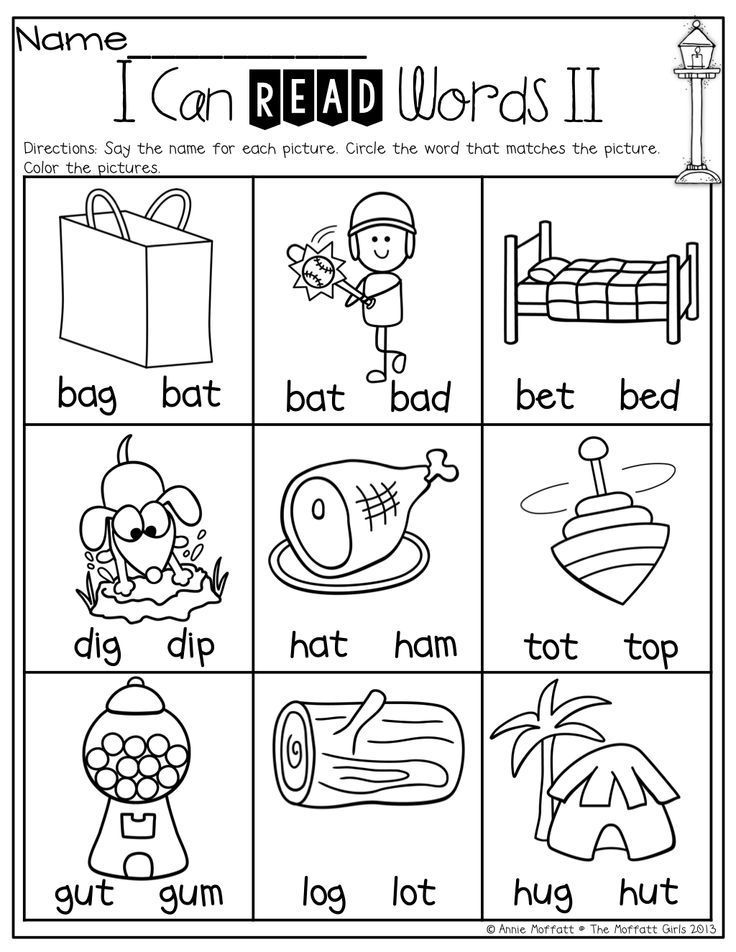
How to teach a child to read by syllables
Teaching a child to read by syllables should be done in stages. First, explain to him that sounds are vowels and consonants, deaf and voiced. Say them with the child - he must understand how they differ. Letters and sounds can be learned while walking: draw your child's attention to the letters on signs and announcements, and soon he will learn to recognize them.
When the child has mastered the letters and sounds, start teaching him to read simple words - "mom", "dad". Then move on to more complex ones - “grandmother”, “dog”, “apartment”. Show your child that syllables can be sung.
Syllabary for learning to read
Next, move on to word formation. You can cut cards with syllables and invite the child to make words out of them. When he gets comfortable, move on to reading short texts. It is better to start with two or three phrases, and a little later switch to texts of five to ten sentences.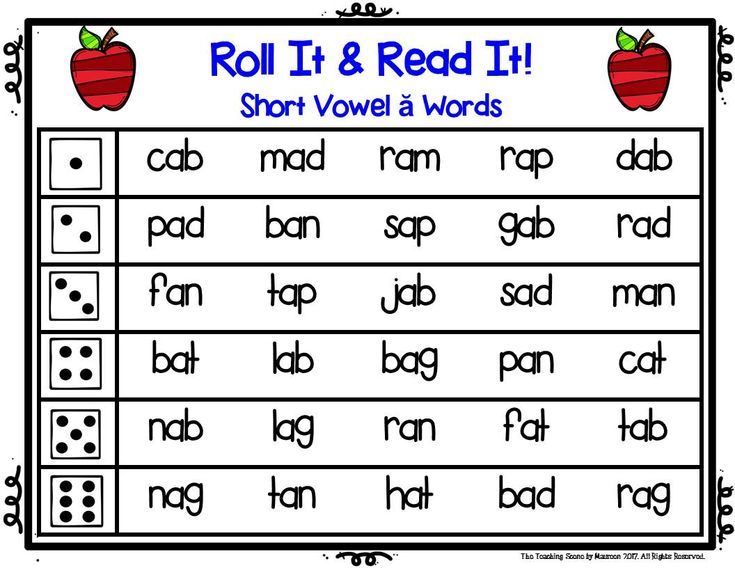
To enroll in Foxford Online Elementary School, a child must have at least basic reading, numeracy and writing skills. To check the readiness of the child for school, we offer to pass a small test that does not require special preparation.
Source: freepik.com
Exercises for learning to read
There are many exercises on the Internet that help children learn to read, you can print them out and start learning right away. Start with exercises that teach you to recognize letters and tell correct spellings from incorrect spellings.
From O. Zhukova's manual “Learning to read. Simple Exercises.Source: mishka-knizhka.ru
When the child gets used to the letters, move on to the exercises for syllables. For example, like this:
Geometric hint exercise. For greater clarity, blocks with words can be cut out.
Such exercises not only teach reading, but also develop logical thinking well:
Gradually move on to exercises where you need not only to read correctly, but also write words:
One of the most difficult and entertaining exercises is fillords: you need to find and cross out the words on the field of letters.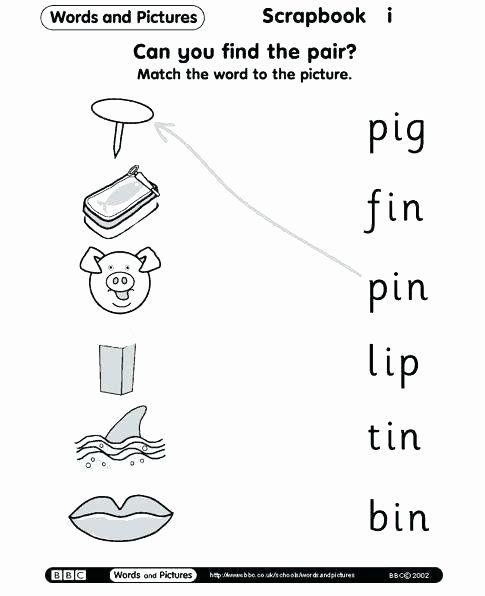
Games for learning to read
With the help of cubes or cards with letters and syllables, you can play different educational games with your child. Let's take a few examples.
Garages
Take a word of 3-4 syllables and place the cards in random order on the floor. Explain to the child how these syllables are read. These will be garages. Give the child different toys and offer to send them to the garage as you wish: for example, the car goes to the TA garage, the bear goes to the RA garage, the ball rolls to the KE garage, and so on. Make sure your child is positioning the toys correctly. At the end of the game, invite the child to make a word from garage syllables. Perhaps not the first time, but he will get a "ROCKET". Gradually introduce new syllables into the game.
<
Store
Lay out images of various goods on the table - this is a store, and you are a seller. Give your child a stack of cards with syllables - they will function as money.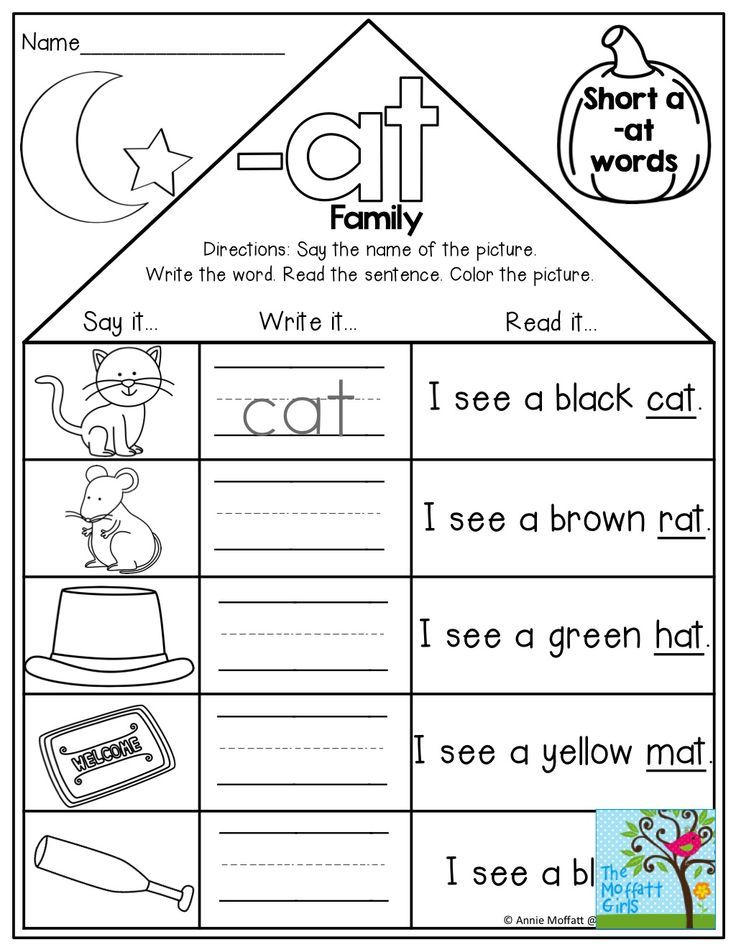 The child needs to buy all the items in the store, but each item is only sold for the syllable it starts with. For example, fish can only be bought for the syllable "RY", milk - for the syllable "MO", and so on. Give your child a few extra cards to make the task more difficult. When he gets used to it, change the conditions of the game: for example, sell goods not for the first, but for the last syllables. The game is both simple and complex: it will allow the child to understand that words are not always spelled the way they are pronounced. After all, a cow cannot be bought for the syllable "KA", for example.
The child needs to buy all the items in the store, but each item is only sold for the syllable it starts with. For example, fish can only be bought for the syllable "RY", milk - for the syllable "MO", and so on. Give your child a few extra cards to make the task more difficult. When he gets used to it, change the conditions of the game: for example, sell goods not for the first, but for the last syllables. The game is both simple and complex: it will allow the child to understand that words are not always spelled the way they are pronounced. After all, a cow cannot be bought for the syllable "KA", for example.
Lotto
Game for several people. Give the children several cards with syllables. Take out the cubes with syllables one by one from the box and announce them. Whoever has a card with such a syllable - he takes it. The first person to complete all the cards wins. During the game, children will accurately remember the syllables that they had on their hands.
Summary
Finally, a few more tips on how to teach a child to read:
- It is better to start teaching children to read by memorizing letters.
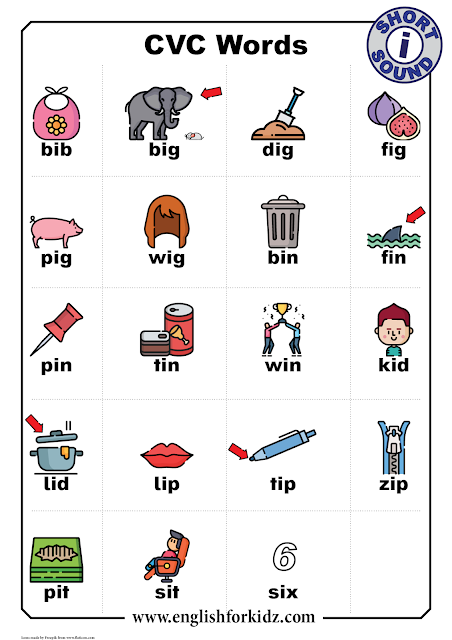 It is important that the child can recognize and name them without hesitation.
It is important that the child can recognize and name them without hesitation. - In the early stages, pronounce the consonants as they are read in words: not [em], [el], [de], but [m], [l], [d] - this way it will be easier for the child to find his bearings.
- Sculpt letters from plasticine, draw and color, buy an alphabet with voice acting - use all the channels of the child's perception.
- Gradually build letters into syllables and then into words. Play rearranging letters and syllables, let the child experiment.
- Teach your child rhymes about the letters of the alphabet, look at the primer, use cards with letters and pictures. Thanks to the illustrations, the child will be able to memorize the symbols faster.
- Distribute the load: fifteen minutes a day is better than an hour twice a week. Alternate entertaining and serious tasks.
- You can hang signs with their names on objects in the child's room - the child will quickly learn to recognize them in texts.
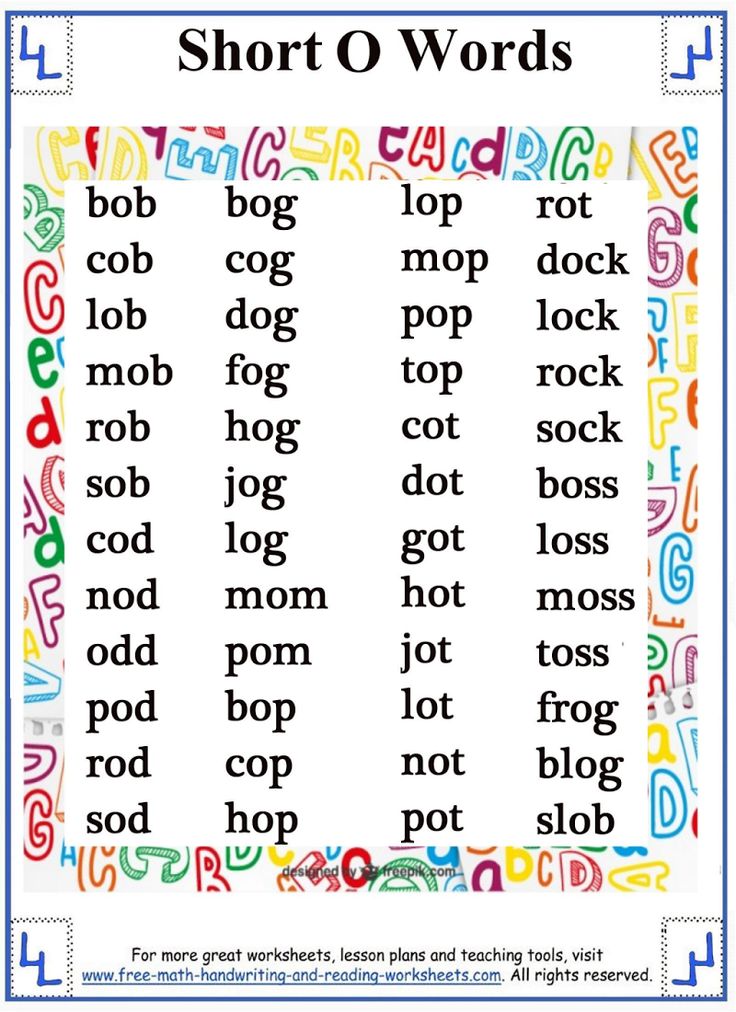
- Read aloud regularly to your child and gradually introduce them to independent reading. Every evening, offer to read at least a few lines from a well-known book on your own.
- Lead by example. For a child to want to learn to read, he must regularly see you with a book.
We hope that our recommendations will help you teach your preschooler to read. Even if your child is just learning to read, at Foxford Elementary School he will be able to improve his skills.
How to teach a child to read in whole words - Whole words method
Let me remind you that Doman's method is about teaching children from three months to three years. To teach a child to read in whole words according to the Doman method, you need to start learning not from the alphabet, but from whole words, since we do not speak with individual letters and sounds, but with whole words in sentences, and the child is more interesting and understandable. Training sequence:
- 3 times a day, every day, it is necessary to show the child 5 new words and repeat the previous ones.
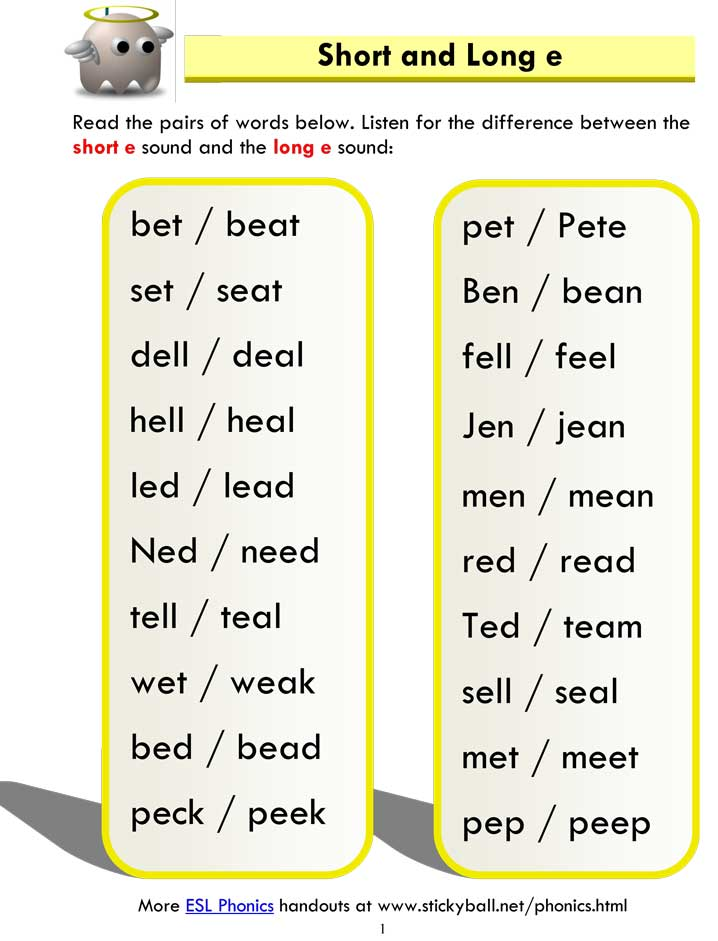
- It is important to study at a time when the child is rested and in a good mood, in a room where there are very few distractions.
- First, the first 15 words are remembered: mom, dad, the name of the child, and 12 more words that fill the reality of the child (grandmother, ball, etc., here the parents choose themselves). Then 20 "I-words", which include parts of the human body (leg, arm, head, hair ...). Next, we compile a home dictionary, which includes words from household use and words of action (table, window, plate, sits, runs ...). Next, write on the cards and voice the sentences to the child (mom is sitting ...). At the last stage, write on cards and sound a simple book to the child, and only after memorizing each word on the cards, proceed to reading this book.
- The less you test your child, the faster he learns and the more he wants to learn.
Reading is a fun app for teaching children aged 3-7 to read
A colorful journey into the world of a fairy tale will allow your child to immerse themselves in the study of letters and syllables. Learning to read will no longer be a boring, routine task and will become a fun adventure to save the Magic Land.
Learning to read will no longer be a boring, routine task and will become a fun adventure to save the Magic Land.
How to teach a child to read whole words? Why is it difficult for children to read words? How to build a teaching methodology? All these questions will be answered by the teacher and author of the method of reading whole words based on the Doman method - Yulia Pchelintseva in this video.
Whole word learning example
Below is a concrete example of how to teach a child to read whole word. It is important to choose the right first words to read. They should be simple and understandable for the baby.
- Hold up a word such as "MOM" at arm's length from the child and say "MOM" clearly.
- Do not give the child any further instructions.
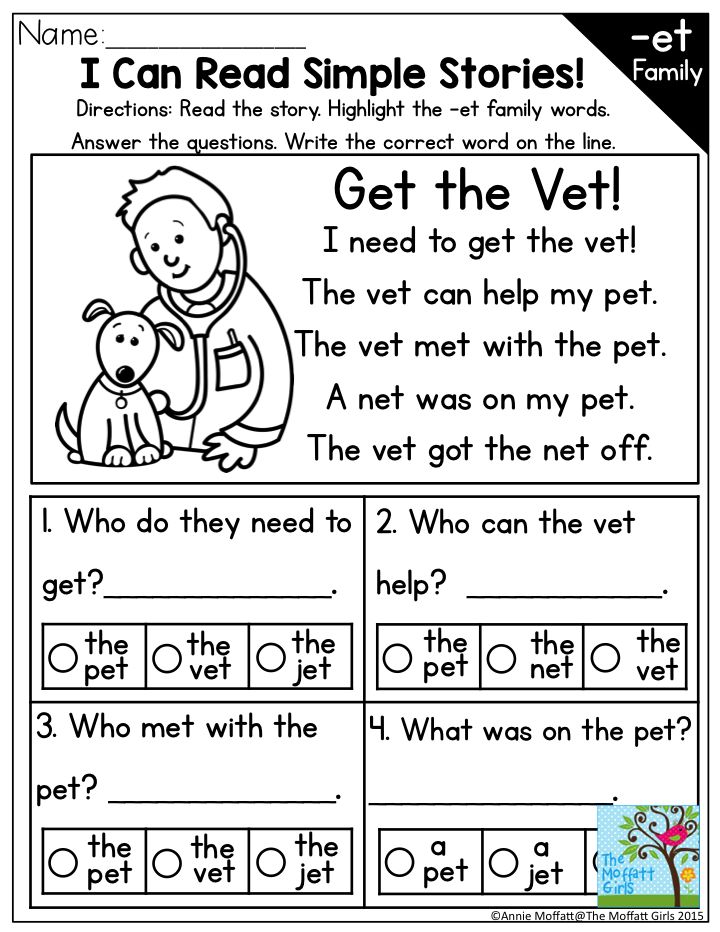 Let him look at the card for no more than 1 second. Show four other words in the same manner.
Let him look at the card for no more than 1 second. Show four other words in the same manner. - Repeat this 3 times a day in the same manner as above.
- Do not ask your child to repeat words as you move forward.
- Take breaks between classes for half an hour.
- Such activities will take you no more than 3 minutes for the whole day.
- On the second day, repeat this series exactly the same way 3 times. Add a second set of five new word cards. Now this new set should also be viewed 3 times during the day.
- At the end of each session, tell your child that he is doing well, and also physically show that you are very pleased with him.
- Gradually the font of the letters changes from red to black regular block letters in normal size.
- How to understand whether the child memorized the words when learning to read in whole words or not?
- After the first seven sessions, take the child's favorite word and ask with a smile: "What is this?"
- Count to 10 silently.

- The child named the word - show violent delight and praise the baby. If not, then continue to practice as if nothing had happened, it's just not the time yet.
- Once you are sure your child has learned the words, move on to the next step.
36 First Reading Words
We have selected the most essential first words for your child to read and have listed them in the table below.
Of course, not all parents are ready to go to the very last step - reading a book. Most stop at step 3 of this method of reading whole words, and study the words of the surrounding reality with the baby. This is quite enough for the development of the brain and acquaintance with reading. Then the children go to a kindergarten or a development center and learn both sound-letter analysis and writing.
Currently G. Doman's technique is used and modified by the publishing houses "Wunderkind from the Diapers", the network of developing stores and studios for children "Umnitsa" and other manufacturers, offering cards on various topics of the surrounding reality, where parents do not need to write or invent anything.